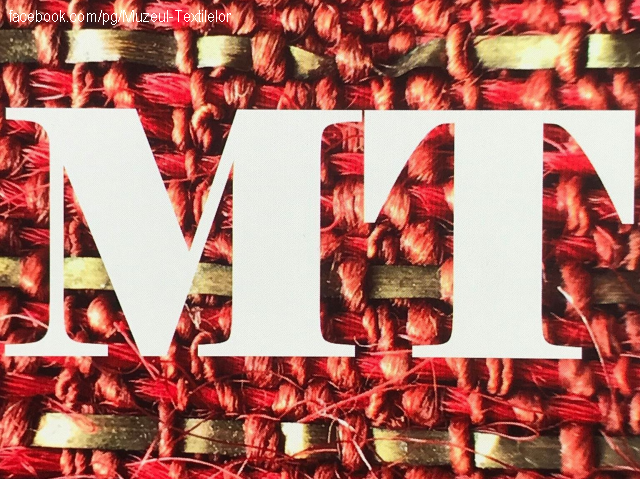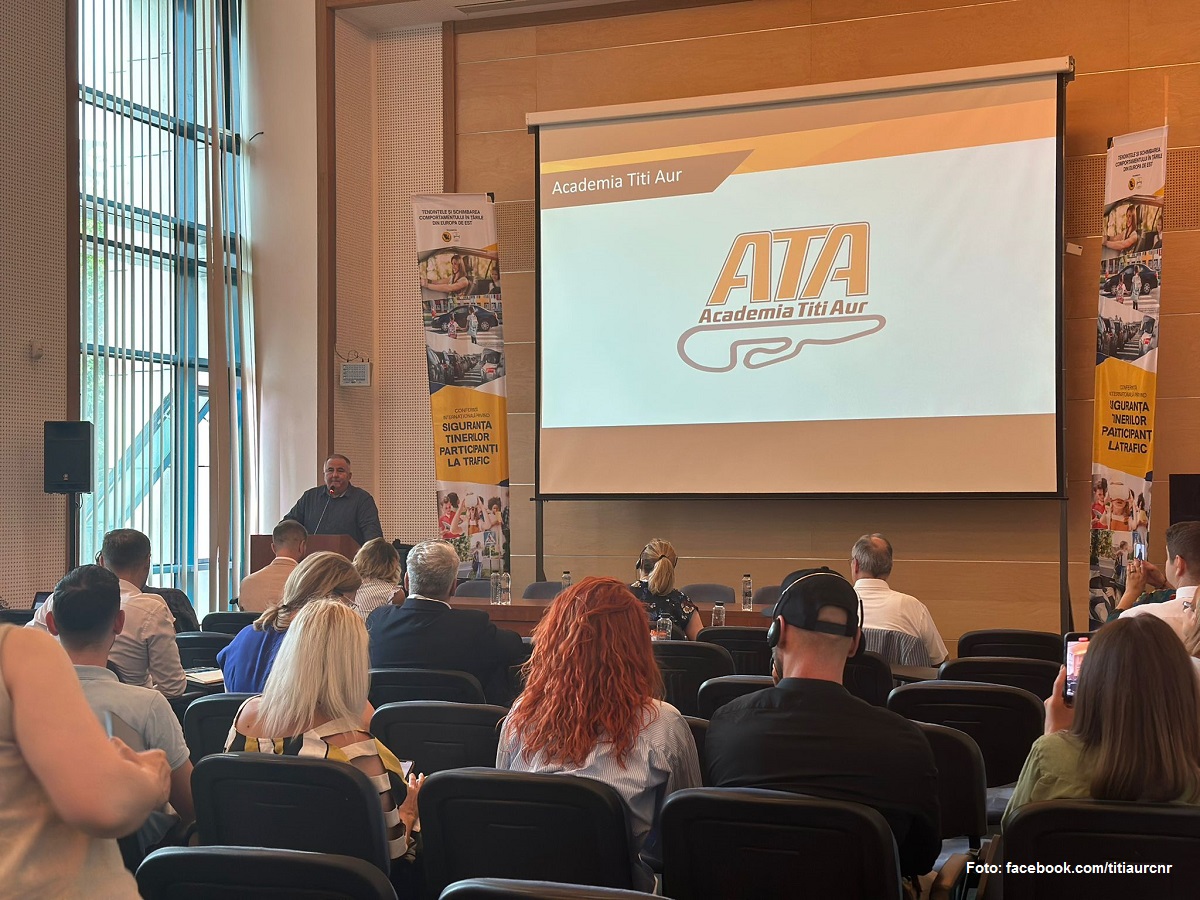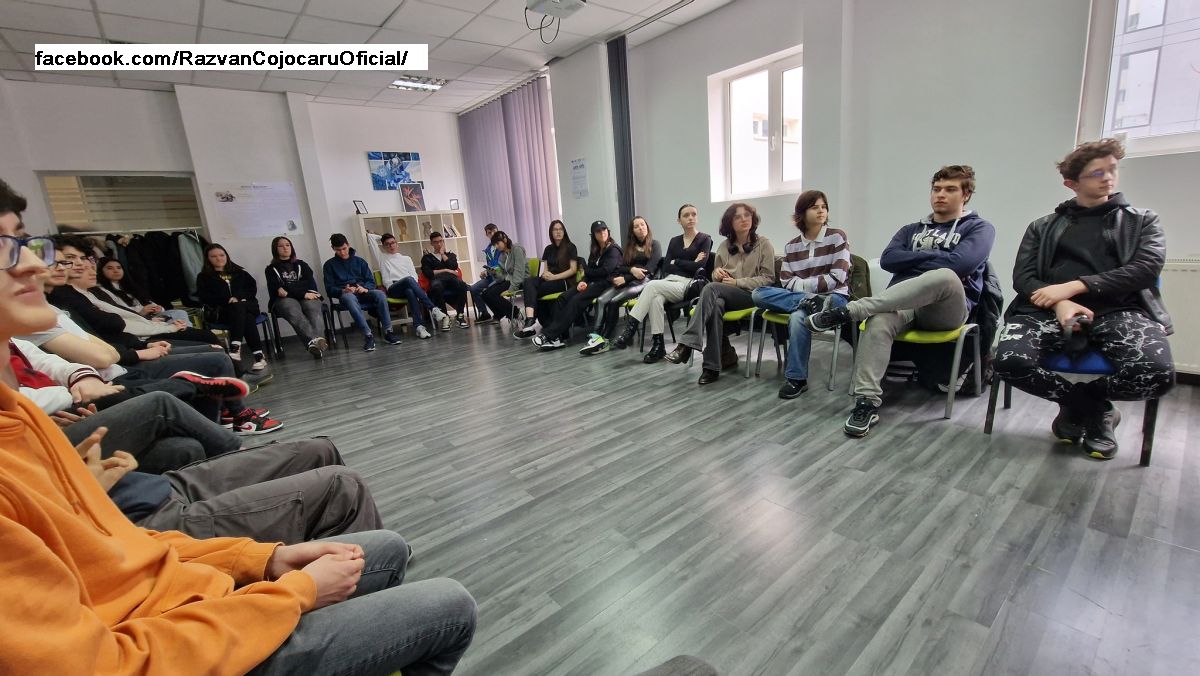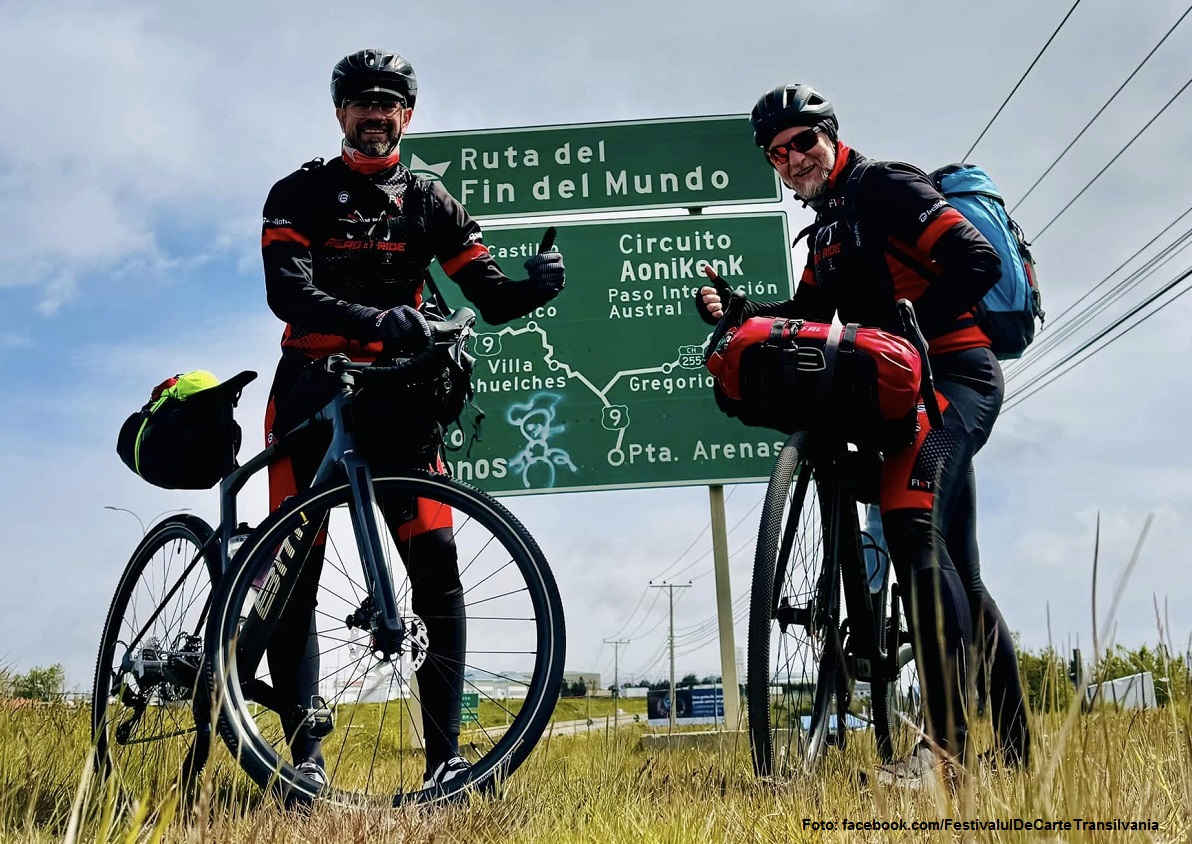Textiles as Art
FARZ, the only collection of textiles in Eastern Europe

Ștefan Baciu, 30.07.2019, 01:00
Today we invite you to discover the only collection of textiles in Eastern Europe, the outcome of three years of work and dedication, by three passionate Romanians: Florica, Ana and Romulus Zaharia, the creators of the collection known as FARZ.
Florica Zaharia, a Conservator Emerita at the Metropolitan Museum of Arts and director and owner of the Textiles Museum in Baita, Hunedoara County, has told us the story of this collection, a story with very deep roots: “It all started with my passion for textiles, for collecting them, which blended well with my profession and which developed up to the point where the collection had grown a lot and capitalizing on it had become a responsibility. Moreover, the fact that eastern Europe, more specifically the former communist area, lacked such a collection, and the need to build a bridge between the East-European cultures, the Romanian one included, and the Western cultures, also encouraged me to put this collection together.
The collection has been compiled in the past four decades with passion for textiles, determination and professional expertise by Florica and Romulus Nicolae Zaharia, helped by their daughter, Ana Teodora. Florica Zaharia has a PhD degree in textiles and is also a Conservator Emerita at the Metropolitan Museum of Art, where she worked for many years as a textile conservator. For 13 years she was the head of the Textile Conservation Department.
Florica Zaharia: “I didnt know whether it was going to be a museum or a research institute. In the beginning I collected Romanian items, because I knew them, I grew up with them and I loved them. My husband and I were both students and back then students used to do the so called ‘summer-practice, which was wonderful, because we had the opportunity to get familiar with traditional culture and the specificities of various regions in the country. So, various items started piling up. Noticing our interest in such objects, our friends and family started offering such items to us too and that is how we started thinking of a collection, because along with professional development, one realizes the need for a systematic way of collecting things, also based on a theme. Then the collection expanded and started covering universal textiles, so today the collection comprises 60% Romanian items and 40% international.
The textile museum has three locations – two in Baita and one in Hartagani, in Hunedoara County, as Florica Zaharia has told us: “Should you come visit, you will see the three locations of the museum which somehow answer our desire to preserve architecture with historical value. Among the locations there are a mid-19th century merchant house, which at present is undergoing restoration works, the building of the former department store in the commune of Baita, and, 4 kilometers from it, in the village of Hartagani, the traditional household where the regions domestic textile industry is on display, with all its required toolkit and, especially during summer, with the whole range of activities related to the manufacturing of textile fibers. You will also see the exhibitions held here throughout the year, and, should you take an interest in a certain part of the collection which is not on display, we are very open to sharing it with the public and the researchers.
The collection includes textiles and the toolkit used in the traditional textile production, with items manufactured across the world, a rich reference collection of fibers, textile structures and also a specialized library. The collection includes bi-dimensional textile items, costumes and accessories from Romania, Central and Eastern Europe, Western Europe, the Middle East, India, Central Asia, Japan, China, South-East Asia, Africa and America. The originality of the FARZ collection consists in the fact that it was systematically and professionally put together, with special care for the technical aspects of the textiles.
Moreover, the museum also hosts a big number of specialized events. With details on that, here is Florica Zaharia once again: In May we will be opening an exhibition dubbed Wool and Water, where blankets from the Carpathian region are on display, woven in a manner typical of the mountain culture. For the time being, another venue for the exhibition is the Art Café hall of the museum, where the collection “Textile Decoration Techniques is on display until end of the month. On March 29 we shall open another exhibition, dedicated to the communes photographers, Ana and Gheorghe Tripon, who have taken pictures of the people, places and costumes for more than three decades.
Also, the household textile industry is on display at the Hartagani household, as Florica Zaharia told us. The mission of the Textiles Museum is preserving, collecting, researching and sharing the collection and other resources with specialists and the public, thus creating a global context where Romanian and East-European textiles, as well as the related technologies, should be integrated. Also, a center will be set up, for research and professional interaction between experts and young professional of the national and international community, in order to encourage the appraisal of textiles as a form of art.






























